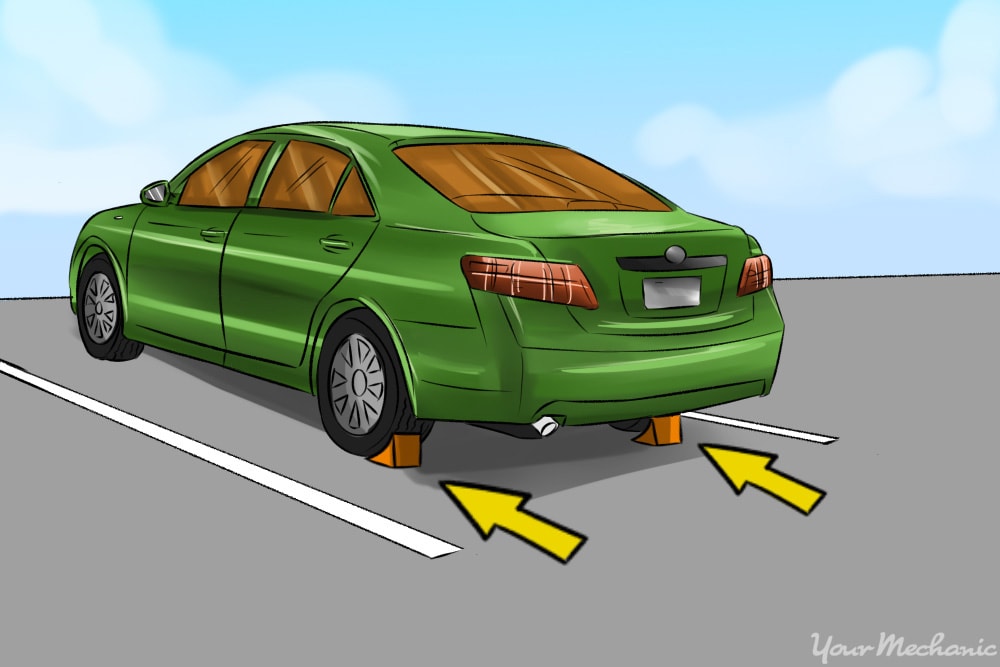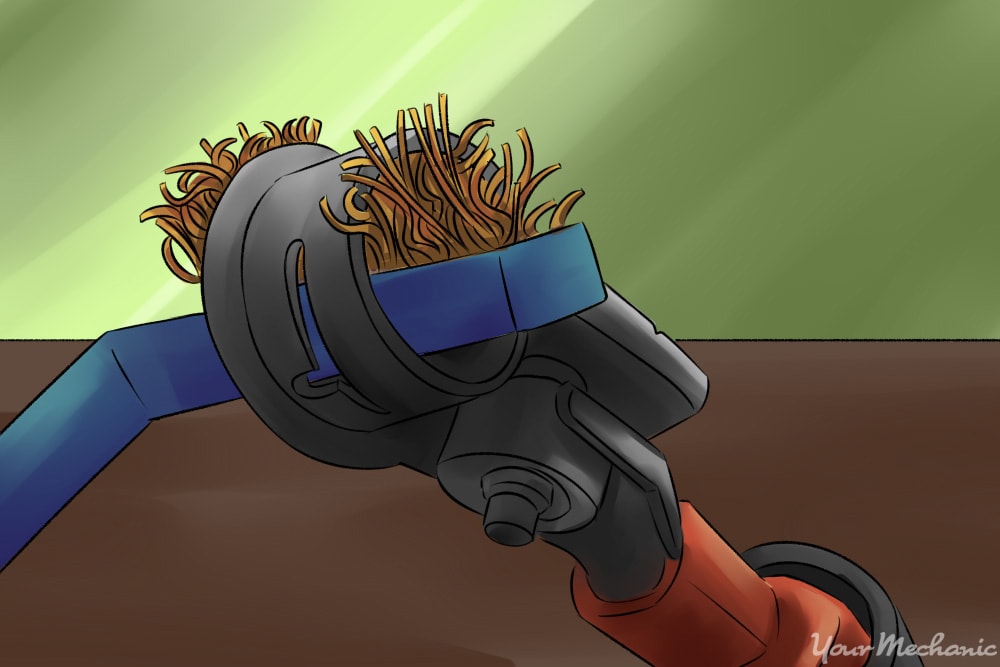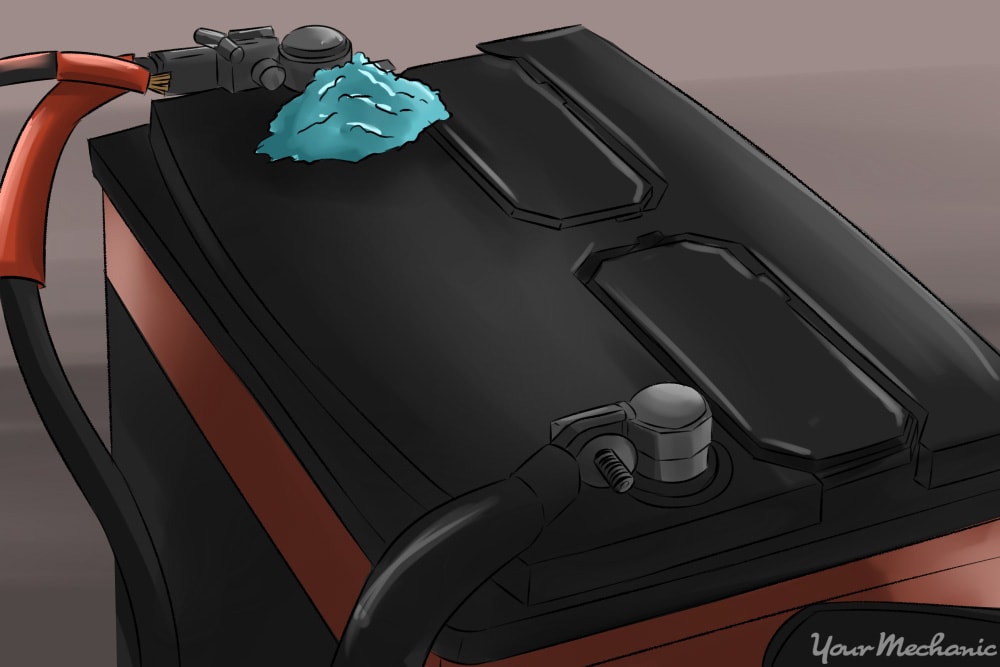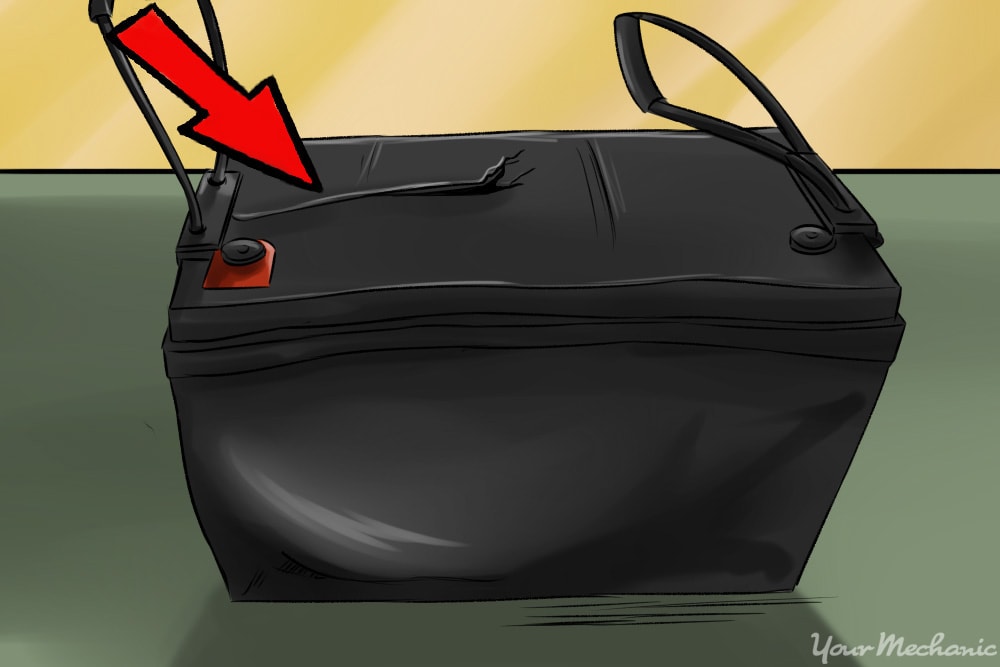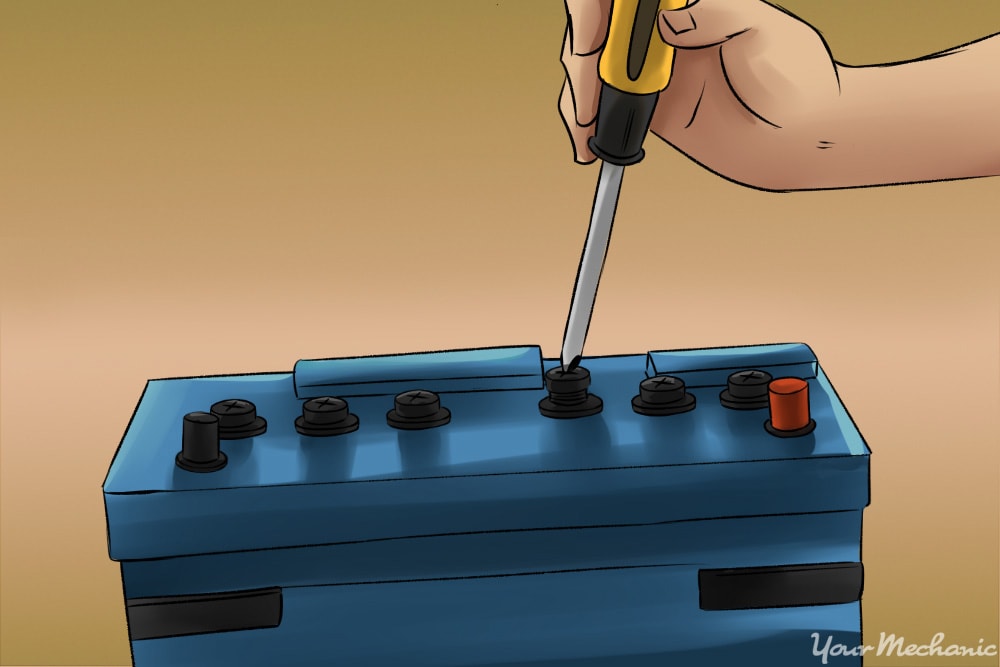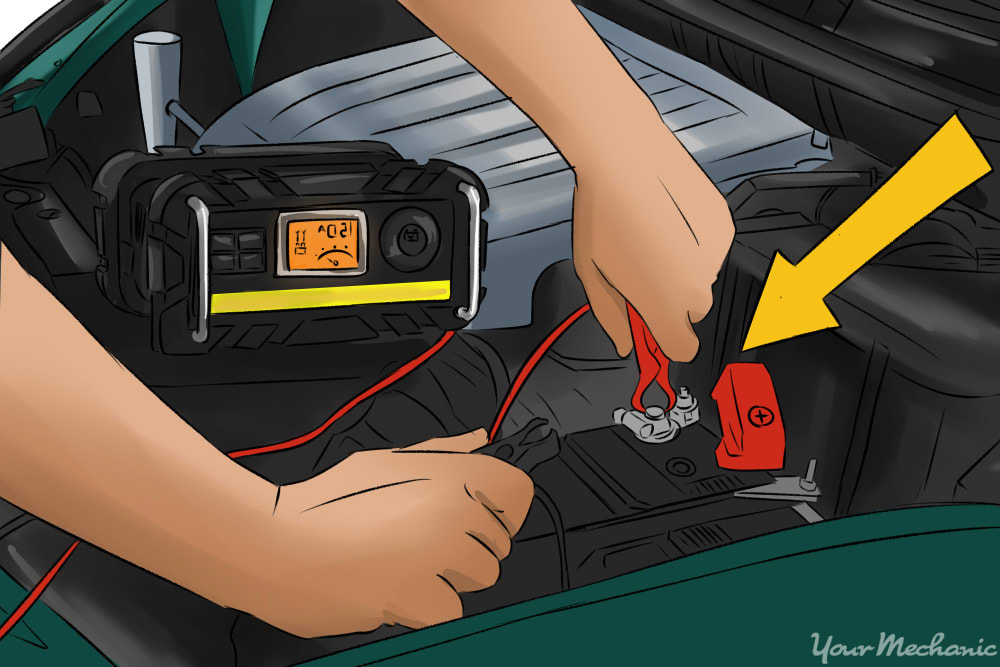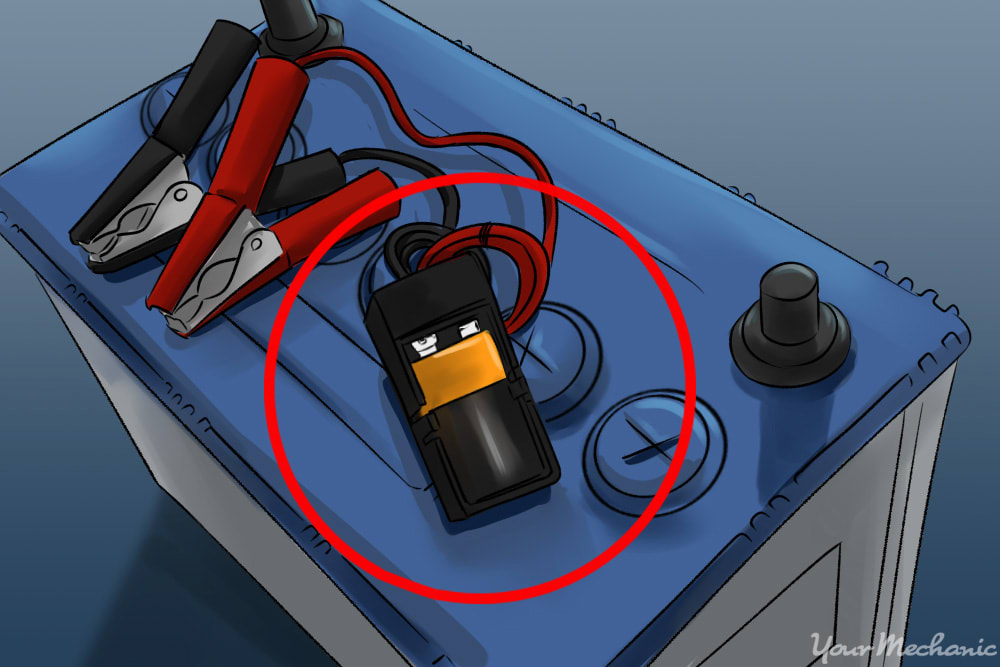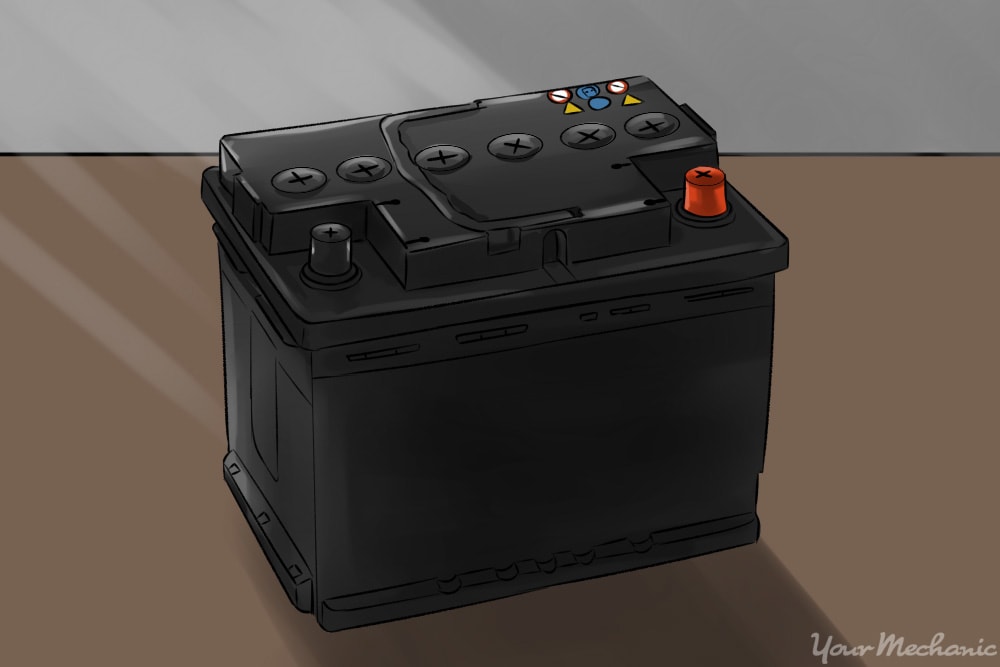

The battery in your car can go dead for any number of reasons leaving you stranded. It can be low from lights being left on, an internal failure, extreme hot or cold temperatures, a failing alternator, long term storage without being used, or any number of other reasons. Recharging the battery can get you back on the road and can preserve the life of the battery. Here's how to charge a dead car battery:
How to charge a dead car battery
Gather the correct materials - Battery Charger, Battery Cleaner, Disposable rags or paper towels, Distilled Water, Flat-head Screwdriver, Gloves, Memory Saver, Ratchet with small extensions and sockets, Safety Glasses, Wheel Chocks, Wire Brush
-
Take the proper safety precautions - An automotive battery can be a very dangerous part to work on. Due to the acid it contains and the gases it emits, you must exercise caution when working with it. Once you come in contact with the battery you want to refrain from touching other areas of your skin or your clothes as the acid can be on your hands without your knowing it.
Warning: Battery acid can cause serious irritation and can eat holes in your clothing.
Smell the air - Pay close attention to the smell of the air around the battery. If you get a strong sulfuric smell, or rotten egg smell, allow the area to air out before servicing the battery.
-
Park your vehicle on a level surface - If possible, you should park your vehicle on a level surface.
Place the wheel chocks - After parking, place the wheel chocks around the driver side rear tire.
-
Locate the battery - Open the hood and locate the battery.
Tip: On most vehicles the battery is located under the hood near one of the front corners of the vehicle. If you cannot find your battery consult your owner’s manual as it may be located in the trunk or under one of the seats. It may also be hidden in a fender well.
Install the memory saver per manufacturer instructions - This prevents your computers from losing memory which can cause drivability issues when you are finished.
-
Disconnect cables - Disconnect the negative battery cable followed by the positive.
-
Clean cable ends - Clean the cable ends as needed with the wire brush and battery cleaner as needed to remove any corrosion.
Warning: If there is excessive corrosion marked by piled up dried acid on the terminals, then replace the battery, do not charge it.
Secure cables - Secure the cables away from the battery so that they cannot touch the terminals.
-
Remove battery - Though it is not necessary, you can chose to remove the battery at this time.
-
Inspect battery - Inspect the battery for cracks or bulges.
Tip: If there are any cracks or if the battery appears swollen then replace it.
-
Spray battery cleaner - Spray a light coating of battery cleaner to the top of the battery.
Tip: If it foams up then there is acid present that is it neutralizing.
Wipe off cleaner - Wipe off the cleaner and acid with the rags or paper towels and discard them.
-
Clean corrosion - Using the wire brush clean and corrosion from the battery terminals.
-
Gently pry off the cap with the screwdriver - Though most batteries in today’s market are maintenance free, your battery may have plastic caps on top that are removable. Look inside of the battery and you will see liquid.
Tip: This is a mixture of acid and distilled water. If you can see metal fins sticking out of the liquid then you need to add some distilled water. Do not use any other water as it will permanently damage the battery.
-
Add water - Add enough distilled water to get the level just above the fins.
Tip: Do not fill the battery to the top.
-
Replace caps - Replace the caps on the battery by pressing them in place.
-
Install charger - Install the battery charger to the battery starting with the positive terminal and then the negative. Do this before you plug in the charger.
Tip: If you have a side post battery you may need adaptors to do this.
-
Plug in charger - Plug the charger in and follow the manufacturer's recommendations on how to charge the battery. Most chargers will do this automatically. If yours is not automatic, make sure that you start off with a slow charge at approximately 2 amps. You can do this for about an hour before raising the charging amperage.
Tip: While the battery is charging make sure that the area is well ventilated to ensure there is no vapor buildup.
Unplug charger - Once the battery is fully charged, unplug the charger, and remove the negative charger clamp followed by the positive.
-
Reinstall cables - Reinstall the battery cables starting with the positive and then the negative.
Disconnect the memory saver
Start your car - If the battery still cannot crank the engine then you may have a bad battery or another issue with the vehicle.
Concerns and precautions
You never want to allow the battery cables to come in contact with the wrong terminals on the battery.
Never allow anything metal to come in contact with the positive battery terminal and anything else that is metal, including the negative terminal, at the same time.
Only charge the battery in a well ventilated area.
Understanding the battery
The primary purpose of your battery is to provide the correct amount of power to be able to crank over the engine.
The battery contains lead plates and acid that form a chemical reaction to perform this task.
Just because a battery is low on charge it does not mean that is needs to be replaced. In many cases, simply recharging the battery can restore it to good health.
If there are further issues with your vehicle or if you are uncomfortable performing these steps then you should get the assistance of a certified mechanic that can inspect and test your battery.


